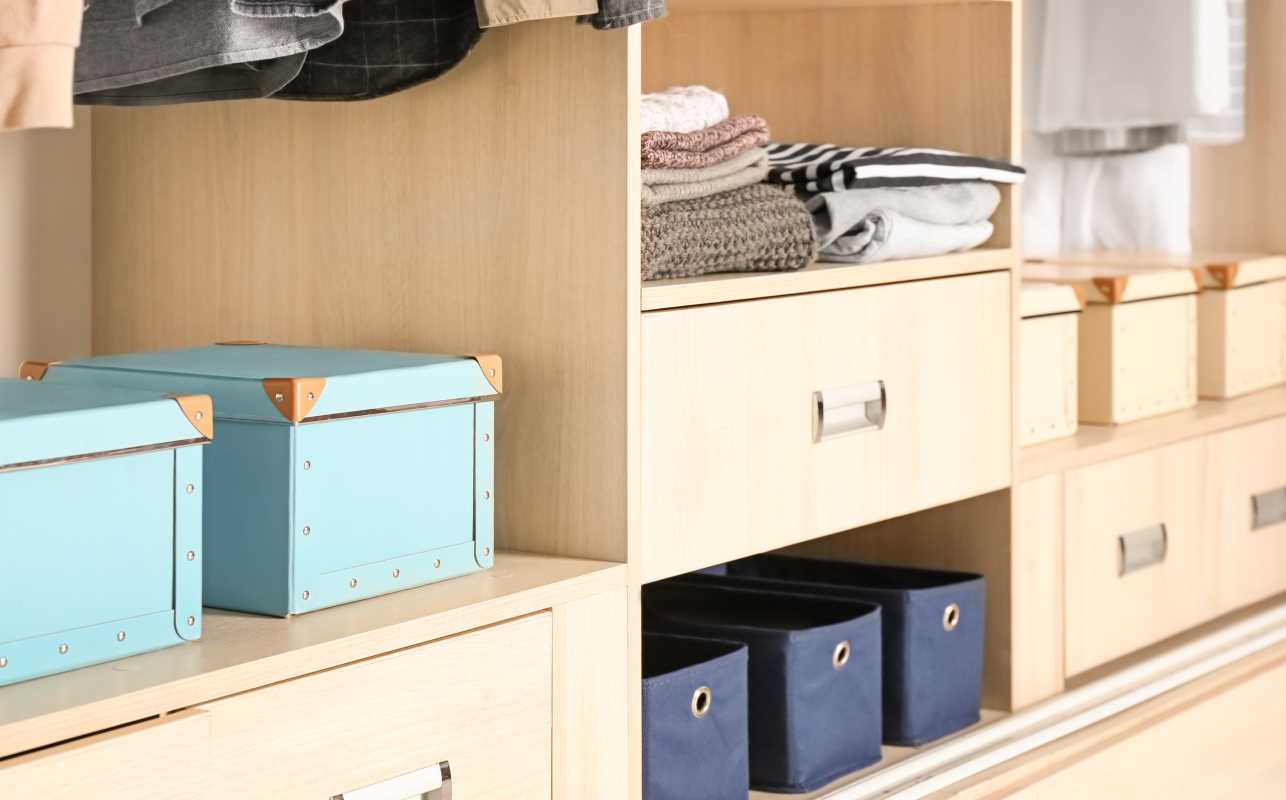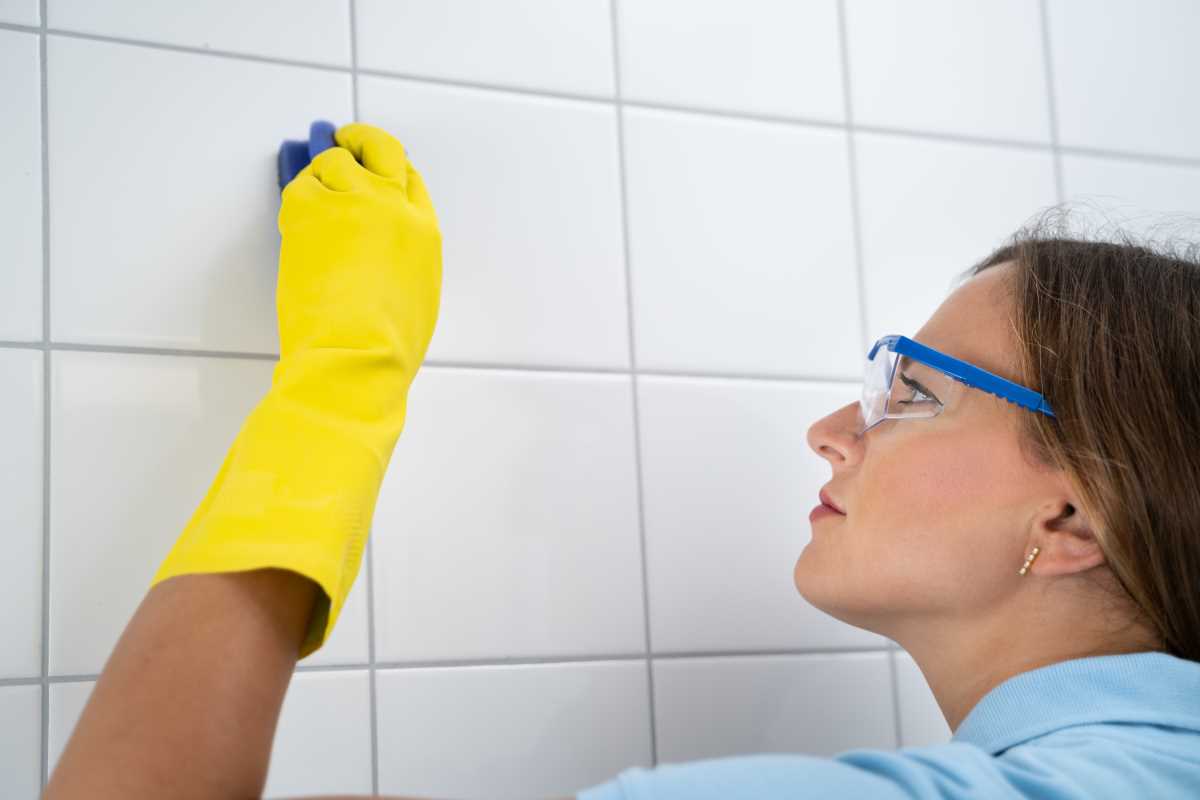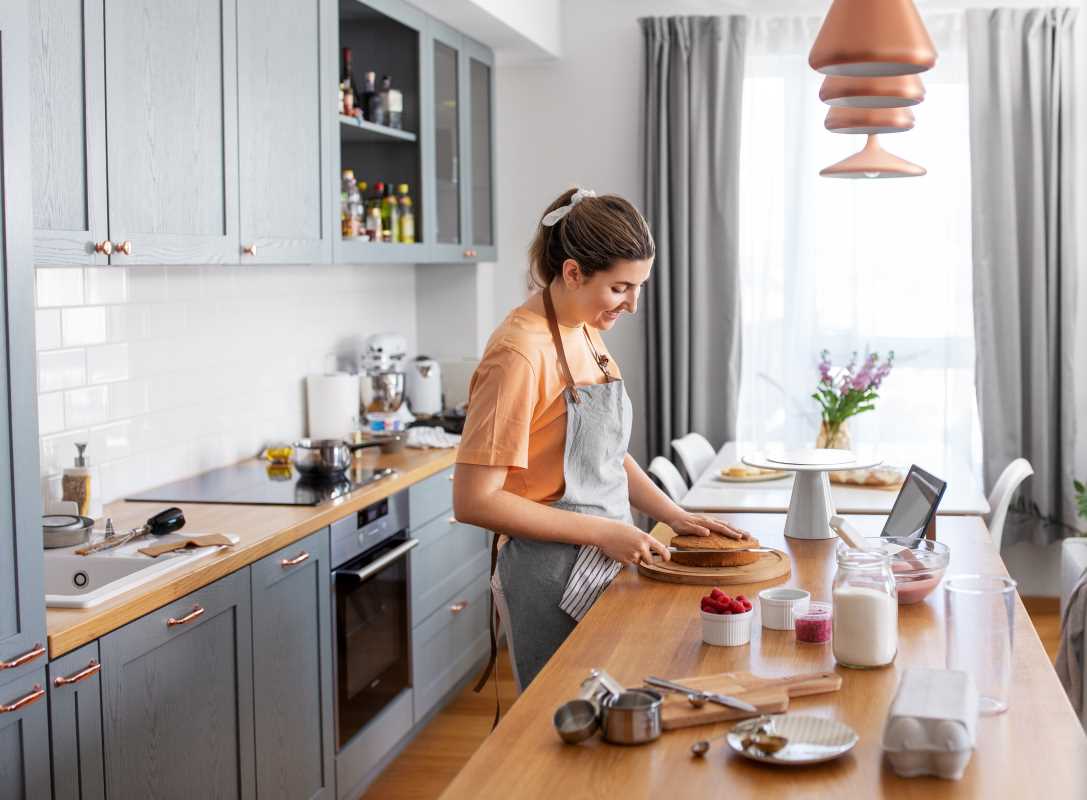Clutter and disorganization can weigh heavily on your mind, making it tough to enjoy your home to the fullest. A well-organized space not only enhances aesthetics but also promotes relaxation and productivity. To help you reclaim your living environment, let’s delve deeper into effective strategies for organizing your home, focusing on decluttering, creating designated spaces, maximizing storage, establishing maintenance routines, investing in organizational tools, and seeking inspiration.
The Power of Decluttering
Decluttering is the foundation of any successful organization effort. It involves evaluating your belongings and letting go of items that no longer serve a purpose or bring you joy. To start, tackle one room or area at a time to avoid feeling overwhelmed. Here’s how to approach decluttering effectively:
- The Four-Box Method: Use four boxes labeled “Keep,” “Donate,” “Sell,” and “Trash.” As you sort through your items, place each into the appropriate box. This method helps streamline the decision-making process and keeps your space organized as you work.
- Time-Based Sessions: Set a timer for 20-30 minutes and focus solely on decluttering during that period. This approach can make the task feel less daunting and encourages a focused effort. After the time is up, take a break, and then reassess your progress.
- The 12-Month Rule: If you haven’t used an item in the past year, consider whether it’s worth keeping. This rule is particularly effective for clothing, kitchen gadgets, and other seasonal items that often accumulate over time.
- Emotional Connection: Items can hold sentimental value, making them difficult to part with. However, ask yourself if the memory associated with the item can be preserved in another form, such as a photograph. This way, you can cherish the memory without keeping the physical item.
Designated Spaces for Everything
Creating designated spaces for different items is essential for maintaining an organized home. A systematic approach to storing belongings not only declutters surfaces but also streamlines daily routines.
- Categorization: Group similar items together. For instance, keep all your cleaning supplies under the sink, and store your office supplies in a dedicated drawer or container. This organization ensures you know exactly where to find items when needed.
- Labeling: Use labels to identify what’s inside bins, boxes, or shelves. This simple step saves time and reduces frustration when searching for specific items. Consider using a label maker or decorative labels to add a personal touch.
- Everyday Essentials: Designate a specific area for frequently used items, such as keys, mail, and bags. A small entryway table with trays or hooks can help keep these essentials organized and easily accessible.
Maximizing Storage Opportunities
Many homes have underutilized areas that can serve as excellent storage solutions. By identifying and maximizing these spaces, you can create additional storage without sacrificing aesthetics.
- Under-Bed Storage: Utilize the space under your bed for storing seasonal clothing, shoes, or extra linens. Consider using rolling bins or vacuum-sealed bags to keep items organized and dust-free.
- Over-Door Hooks: Hang hooks on the back of doors for items like bags, coats, or accessories. This solution keeps items off the floor and creates extra storage without taking up additional space.
- Wall-Mounted Shelves: Installing shelves on walls can transform empty spaces into functional storage areas. Use them to display books, plants, or decorative items while keeping surfaces clutter-free.
- Multipurpose Furniture: Look for furniture that doubles as storage. For example, ottomans with hidden compartments can hold blankets or toys, and coffee tables with drawers can store remote controls and magazines.
Establishing a Maintenance Routine
To prevent clutter from accumulating, implementing a daily or weekly cleaning routine is essential. Regular maintenance makes organization feel manageable and keeps your home tidy.
- Daily Tidying: Set aside 10-15 minutes each day to tidy common areas. Focus on putting away items that are out of place, wiping down surfaces, and doing a quick sweep of the floors. A small daily effort can significantly impact your home’s overall organization.
- Weekly Cleaning Tasks: Designate specific days for particular tasks, such as dusting, vacuuming, or organizing a particular room. By breaking cleaning into manageable chunks, you can maintain a consistently organized home without feeling overwhelmed.
- The One In, One Out Rule: For every new item you bring into your home, consider removing an existing item. This approach helps prevent accumulation and encourages mindful purchasing habits.
Investing in Organizational Tools
Investing in quality organizational tools can enhance your efforts to maintain a clutter-free home. Here are some useful items to consider:
- Drawer Dividers: Use drawer dividers to keep utensils, office supplies, or accessories organized. This method allows you to easily locate items and prevents clutter from building up.
- Closet Organizers: Consider investing in closet systems or organizers that maximize vertical space and improve access to clothing and accessories. Hanging organizers, shelf dividers, and shoe racks can transform chaotic closets into well-ordered spaces.
- Desk Accessories: Desk organizers can help streamline your workspace by keeping pens, papers, and other supplies in designated areas. A tidy desk can boost productivity and reduce distractions.
- Baskets and Bins: Attractive baskets and storage bins can serve as stylish organizational tools while hiding clutter. Use them to corral toys, blankets, or miscellaneous items in living areas.
Seeking Inspiration and Resources
Sometimes, finding motivation and fresh ideas can be challenging. Seeking inspiration from various sources can reignite your passion for organizing.
- Professional Organizers: Consider consulting with a professional organizer who can provide personalized advice tailored to your specific needs and space. They can offer invaluable insights and strategies for optimizing your home.
- Books and Blogs: Numerous books and blogs focus on home organization. Titles like "The Life-Changing Magic of Tidying Up" by Marie Kondo or "Organized Simplicity" by Tsh Oxenreider provide practical tips and inspiration.
- Social Media: Platforms like Pinterest and Instagram are treasure troves of organization ideas. Search for hashtags like #HomeOrganization or #Declutter to discover creative solutions that resonate with your style.
- YouTube Tutorials: Video tutorials can offer step-by-step guidance on various organization techniques, providing visual inspiration to help you tackle specific areas of your home.
Embracing the process of organizing your home can significantly enhance your overall well-being. By focusing on decluttering, creating designated spaces, maximizing storage opportunities, establishing a maintenance routine, investing in organizational tools, and seeking inspiration, you can transform your living environment into a functional and peaceful sanctuary. The journey to a well-organized home takes time, but the benefits of a clutter-free space—a serene atmosphere, improved productivity, and enhanced relaxation—are well worth the effort. Take it one step at a time, and enjoy the process of making your home a place you love to be.
 (Image via
(Image via




.jpg)
